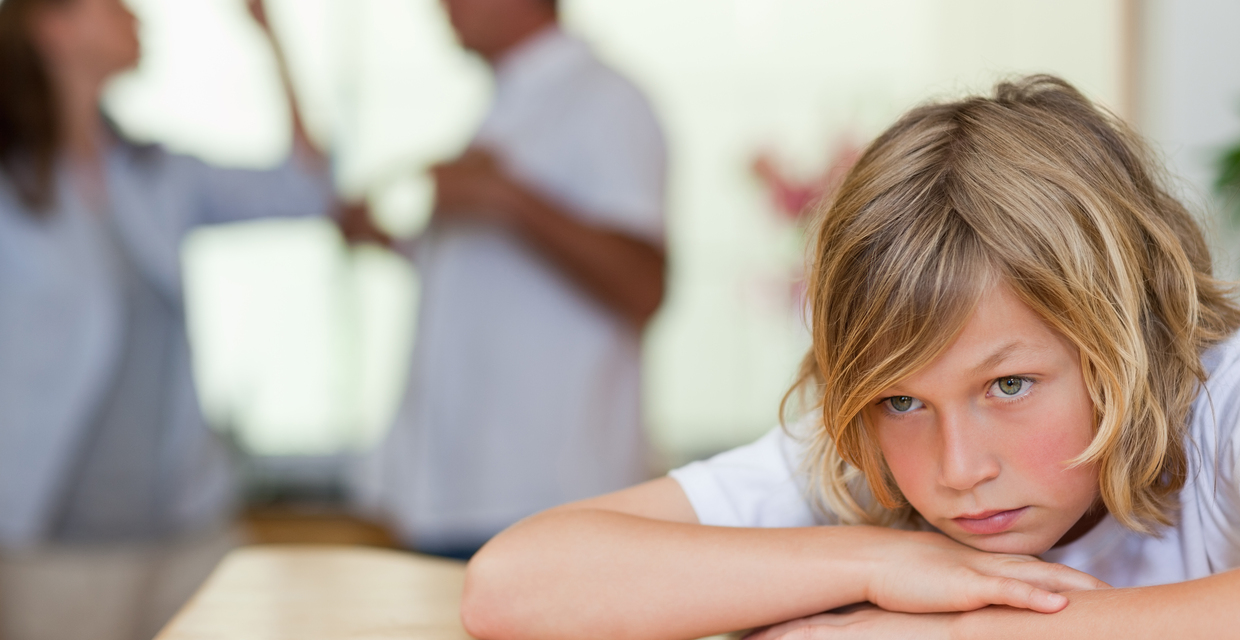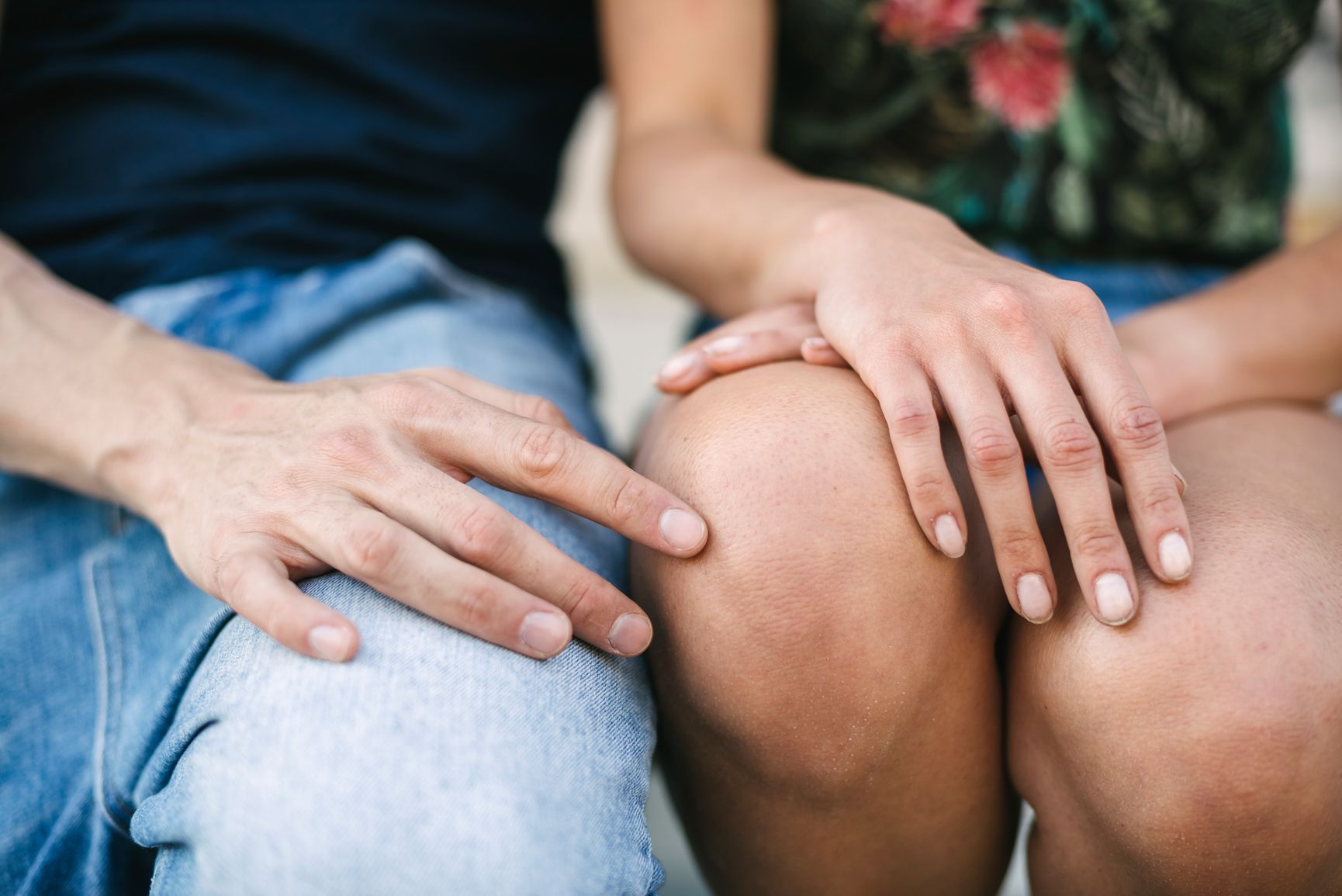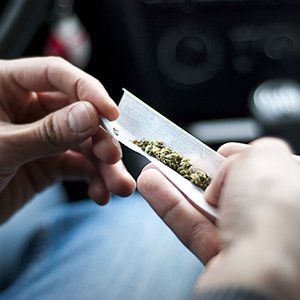Drugs may bring joy and euphoria for a free fours, but what happens after can be compared to a living hell. It can happen as quick as a flash, but it will ruin the rest of your life.
A recent study showed that about 15% of South
Africans suffer from drug abuse. Even though people in SA are using the same drugs as people across the world, there are a few substances that are a bit more popular than others...
MARIJUANA
This is by far the most used drug on SA’s streets. It is a shock to many that it totals over 60% of cases involving drug abuse. Marijuana is still
illegal in South Africa, but some health experts have tried to legalize it for
medicinal use.
Street names:
Dagga, weed, pot, boom, ganja
What does it look like? Leaves that are dried and sold in bags, often called “bankies”. Some
dealers sell ready-made joints of marijuana which are ready to smoke.
Effects: The effects
are different to every person, but in most cases it causes the user to feel extremely relaxed, often
leading to laziness and extreme hunger. Depending on the strength of the marijuana, some users
also experience mild hallucinations.
Long-term results: Changes in personality, moodiness, difficulty concentrating and possible damage to
the brain and lungs.
MANDRAX
SA is actually the largest abuser of Mandrax (known as
Quaalude) in the world. According to a recent study, a mix of Madrax and
marijuana is the ideal drug of choice in SA.
Street names:
White pipe, buttons, MX
What does it look like? It is
sold in pill or tablet form and usually has a unique emblem. It also varies in
colour.
Effects: It is often
mixed with marijuana to amplify the effects of smoking marijuana.
Long-term results: Poor liver
function, anaemia, chronic headaches, depression and insomnia.
NYAOPE
This drug has been popular on the streets since the year 2000. No one really knows what it contains, but most times it includes cannabis, meth and heroin.
Street names:
Whoonga, wunga
What does it look like? It is
bought in powder form, mixed with marijuana and smoked.
Effects: Short term effects of euphoria and relaxation.
Long-term results: Insomnia,
scarred veins, liver and kidney disease and mental breaks.
CODEINE
Codeine is an ingredient found in cough mixtures, sinus
medication and painkillers. Most blame the abuse of codeine on the fact that SA still sells codeine based products without any prescription.
Street names:
Syrup, purple drank, cody, sizzurp, lean
What does it look like? Cough
syrup, anti-allergy, sinus tablets and certain painkillers.
Effects: Codeine usually causes euphoria.
Long-term results: blurry vision, nausea, insomnia and joint pain.
COCAINE
Originally used as a painkiller, cocaine has become a highly
addictive recreational substance.
Street names:
Coke, crack, C, snow, blow, bump, Charlie, line, Llelo
What does it look like? Powder form and crystal form. The powder is snorted and the crystal is smoked.
Effects: The effects happen instantly, but only last a short period of time. They range from euphoria, high energy, alertness and self-confidence. However
negative effects include aggression, headaches and insomnia.
Long-term results: Loss of
sense of smell, nosebleeds, difficulty swallowing, deviated septum, dramatic
weight loss and loss of appetite.
AMPHETAMINES
Also known as “uppers” amphetamines speed up the messages
travelling between the brain and the body. A dangerous, addictive form of
amphetamines is Crystal Meth.
Street names:
Ice, tik, speed, crystal
What does it look like? The appearance is difference depending on the quality of the drug. It will often look milky or yellow if it is low quality. Sometimes they are also sold as tablets.
Effects: Happiness, confidence, non-stop talking and increased heart rate.
Long-term results: Psychosis including
paranoia, hallucinations, memory loss, mood disorders, aggression and impaired motor
skills.
ECSTASY
Although people rarely overdose on ecstasy or the pure form of it (MDMA), there has been incidents of contaminated pills making there way onto the market. These tablets can contain dangerous substances like rat poison or even cyanide!
Street names:
Molly, love drug, Adam, Eve, beans, XTC
What does it look like? It is usually sold
in tablet form with a unique picture engraved on each tablet. They also come in multiple
colours.
Effects: Increased
heart rate, jaw clenching, dry mouth, loss of appetite, high energy. Because
Ecstasy makes your energy levels sky rocket, users often suffer from
overheating and exhaustion.
Long-term effects: Brain
damage, learning and emotion, depression, anxiety, kidney failure, convulsions
and psychosis.
HEROIN
In the 1980s, heroin was an unknown drug in South Africa.
However, it quickly gained popularity in SA's schools and rapidly infiltrated the system.
Street names:
Smack, H, junk, hairy, harry, white
What does it look like? Powder form or as a liquid.
Effects: The effects
of the drug are often unpredictable, which is why it often leads to overdoses. The user will
experience intense relaxation and a trance-like state.
Long-term results: The drug
relaxes the muscles, so in many cases it leads to the users heart stopping.


.jpg/300px-Andrea_Dondolo_-_Activists_for_change_(8550822157).jpg)







